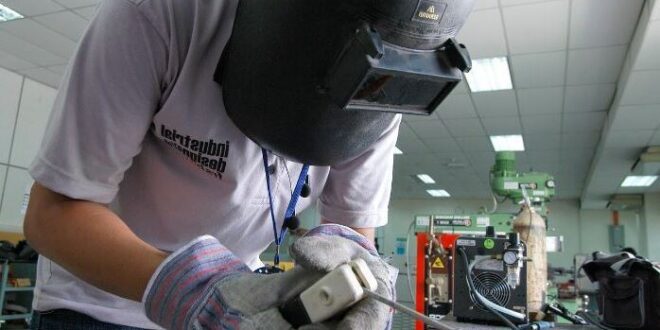Welding Techniques for Copper and Copper Alloys Introduction Copper and its alloys are welded using various methods tailored to specific needs. Tungsten Inert Gas (TIG) welding ensures precision, making it ideal for thin copper sections, while Gas Metal Arc Welding (GMAW) or MIG welding is preferred for thicker components due …
Read More »
 Welding of Welders All about Welding and Welders
Welding of Welders All about Welding and Welders








